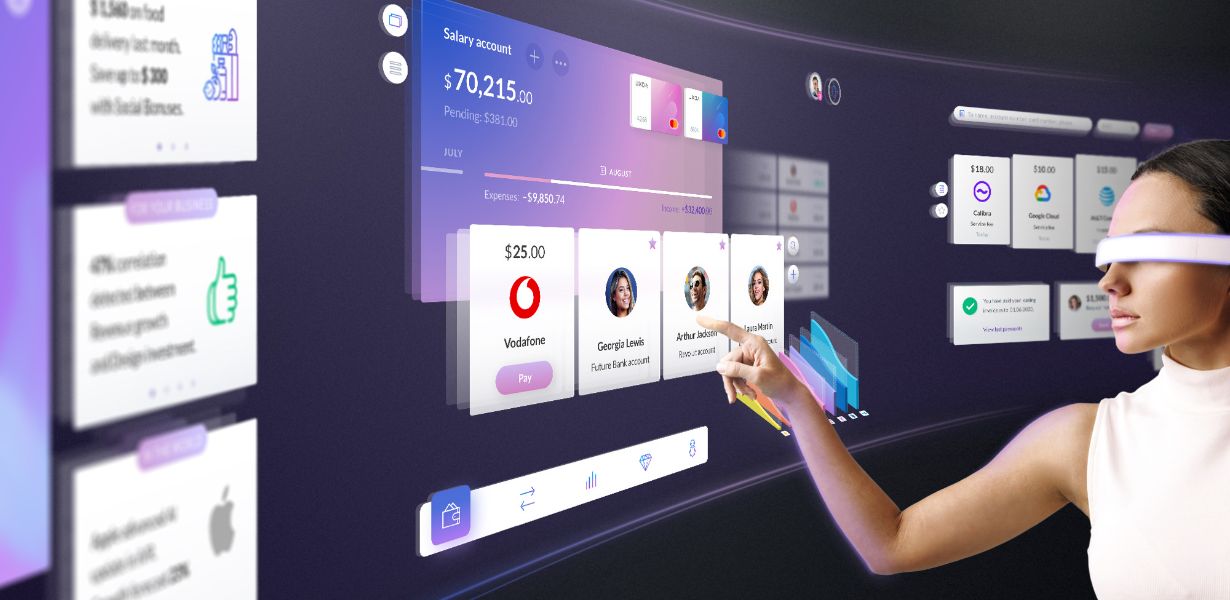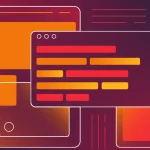
Material UI 2.0: Elevating User Experience and Design Aesthetics
- Post
- August 5, 2023
- Front-End Frameworks, Material UI, Web Development
- 0 Comments
In the ever-evolving landscape of web and app development, staying ahead of the curve is not just an advantage; it’s a necessity. Enter Material UI 2.0—a paradigm shift that’s poised to revolutionize user experience and design aesthetics. Rooted in Google’s Material Design philosophy, this iteration takes user-centricity to new heights, seamlessly blending innovation and functionality. Let’s delve into the essence of Material UI 2.0 and explore the remarkable enhancements it brings to the digital realm.
Understanding Material UI 2.0: Beyond Aesthetic Brilliance
Unveiling the Essence of Material Design
Material Design is more than just a visual framework; it’s an ideology that bridges the gap between aesthetics and functionality. Characterized by its minimalist yet tactile approach, Material Design aims to create an interface that mimics the real-world interactions, enhancing user comprehension and engagement.
Material UI 2.0: The Evolution Unveiled
Reimagining User Interface with Intuitive Components
Material UI 2.0 is the embodiment of this philosophy, introducing a plethora of intuitive components that elevate the user experience. With an extensive library of pre-designed elements, developers can now construct seamless, user-friendly interfaces while focusing on the core functionalities of their applications.
The Core Advantages of Material UI 2.0
Streamlining Development Workflow and Efficiency
- Consistency Through Customization: Material UI 2.0 offers a range of customizable components that enable developers to maintain design consistency while tailoring the interface to match the brand’s identity.
- Responsive Design Simplified: Creating responsive designs becomes a breeze with Material UI 2.0’s adaptive grid system and responsive layout components, ensuring a flawless experience across diverse devices.
- Accessibility as a Cornerstone: Accessibility features are seamlessly integrated into Material UI 2.0, fostering inclusivity and ensuring that the application can be used by individuals with disabilities.
Material UI Templates: A Leap Forward in Design Efficiency
Empowering Developers with Ready-Made Templates
Gone are the days of starting from scratch. Material UI 2.0 introduces an array of meticulously crafted templates that empower developers to kickstart projects with a solid foundation. These templates combine aesthetic finesse with cutting-edge functionality, significantly expediting the development process.
Enhancing User Engagement Through Motion
Animating Experiences for Lasting Impressions
Incorporating motion into user interfaces can significantly enhance engagement and user satisfaction. Material UI 2.0’s animation components provide developers with tools to seamlessly integrate animations that not only captivate users but also convey information effectively.
Seamless Integration: Material UI 2.0 and Third-Party Libraries
Amplifying Functionality with a Vibrant Ecosystem
Material UI 2.0’s flexibility extends beyond its core components. Its compatibility with a wide range of third-party libraries and frameworks empowers developers to integrate advanced functionalities, ensuring the application aligns with their vision.
The Bottom Line: A New Era of User-Centric Design
Incorporating Material UI 2.0 for a Future-Ready Interface
Material UI 2.0 stands as a testament to the evolution of design and user experience. By seamlessly blending aesthetics with functionality, it reshapes the digital landscape, offering developers the tools to create immersive and intuitive applications. Embrace Material UI 2.0 today and embark on a journey to captivate, engage, and inspire users like never before.
Commonly Asked Questions
Unlocking Insights into Material UI 2.0
Q1: What is Material UI 2.0?
A1: Material UI 2.0 is an advanced design framework rooted in Google’s Material Design philosophy, offering developers an extensive library of intuitive and customizable components to create seamless user interfaces.
Q2: How does Material UI 2.0 enhance user engagement?
A2: Material UI 2.0 enhances user engagement through its animation components, allowing developers to integrate captivating animations that convey information effectively and leave a lasting impression.
Q3: Can I customize the Material UI components to match my brand’s identity?
A3: Absolutely. Material UI 2.0 offers a range of customizable components, enabling you to maintain design consistency while tailoring the interface to align with your brand’s identity.
Q4: Does Material UI 2.0 support responsive design?
A4: Yes, Material UI 2.0 simplifies responsive design with its adaptive grid system and responsive layout components, ensuring a seamless experience across various devices.
Q5: How does Material UI 2.0 contribute to accessibility?
A5: Material UI 2.0 integrates accessibility features, ensuring that your application is inclusive and can be used by individuals with disabilities, aligning with modern accessibility standards.




